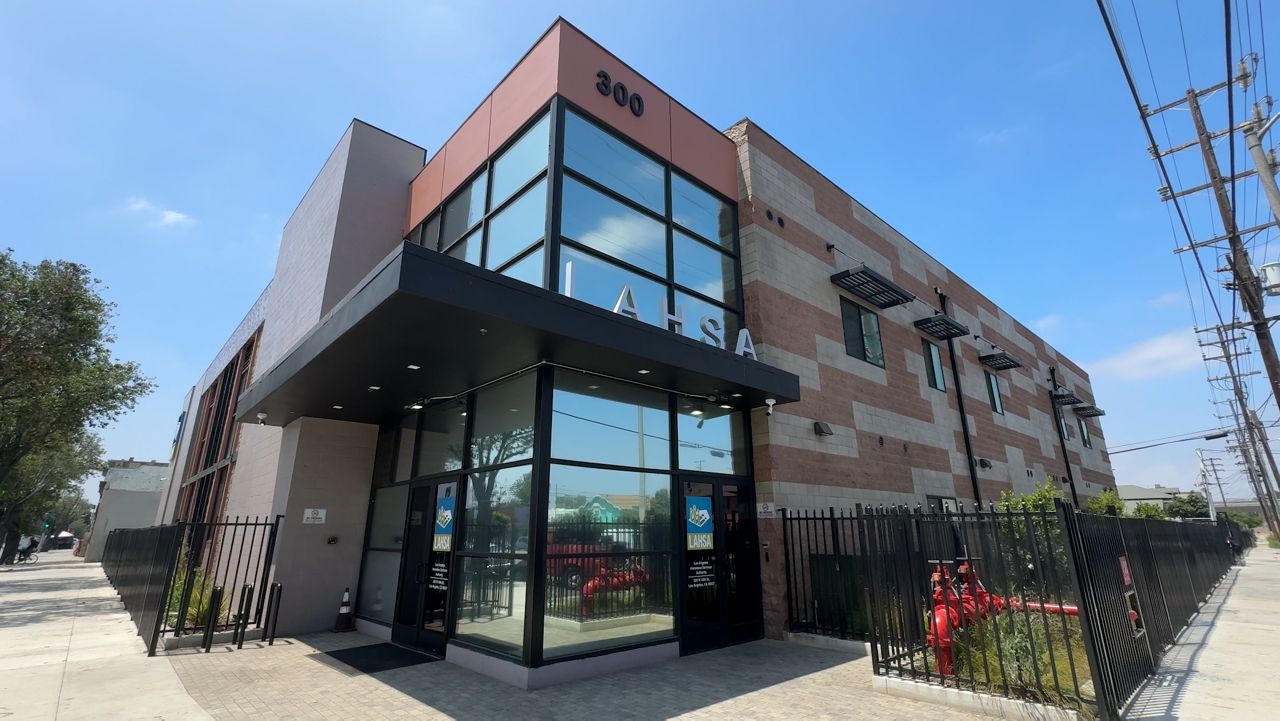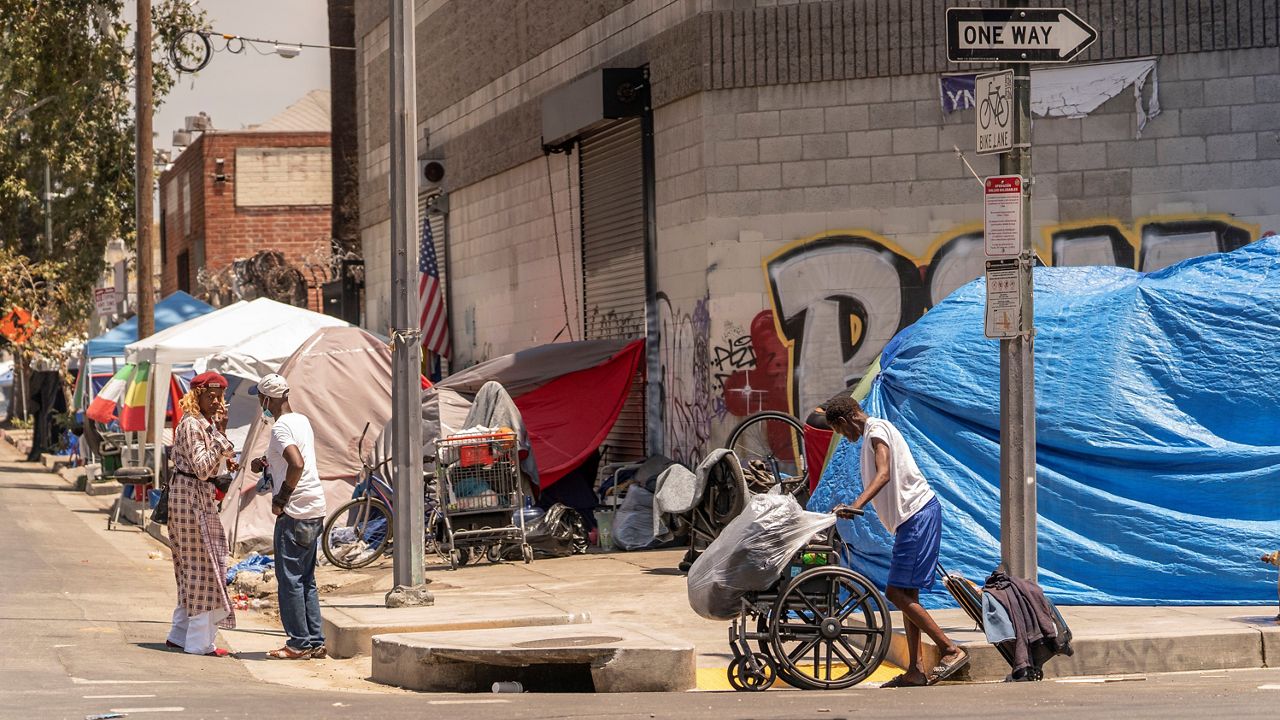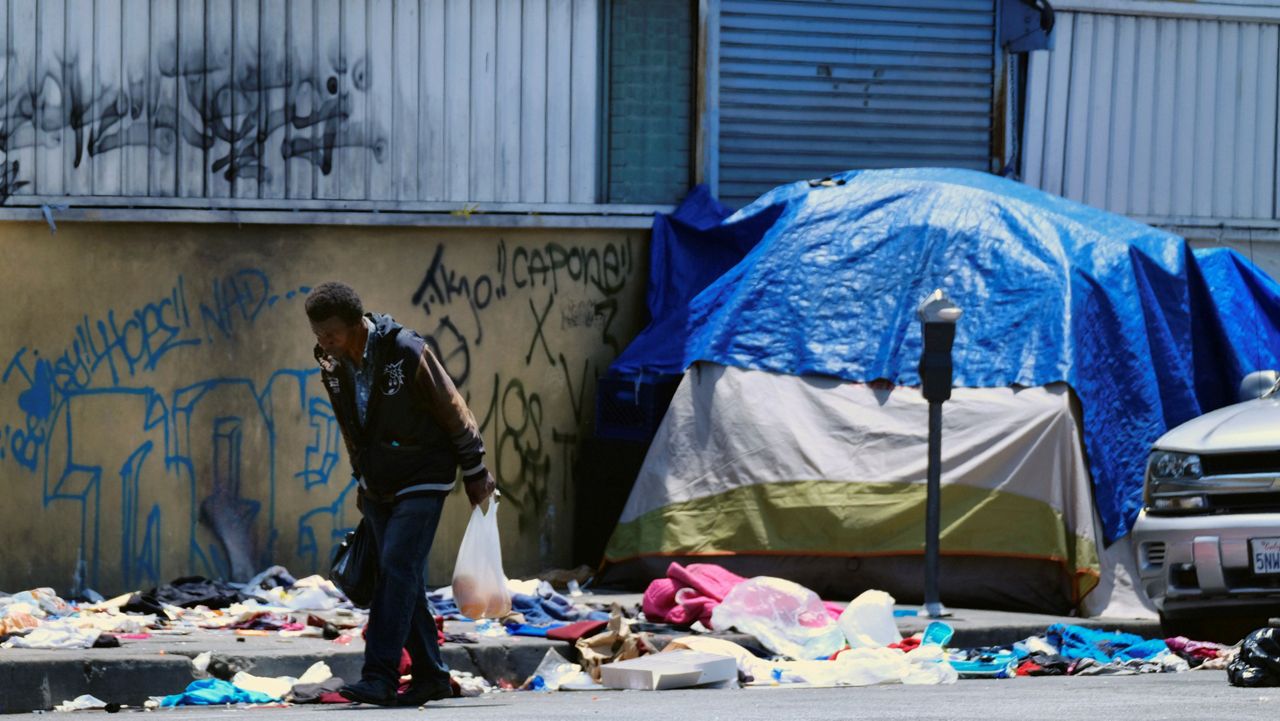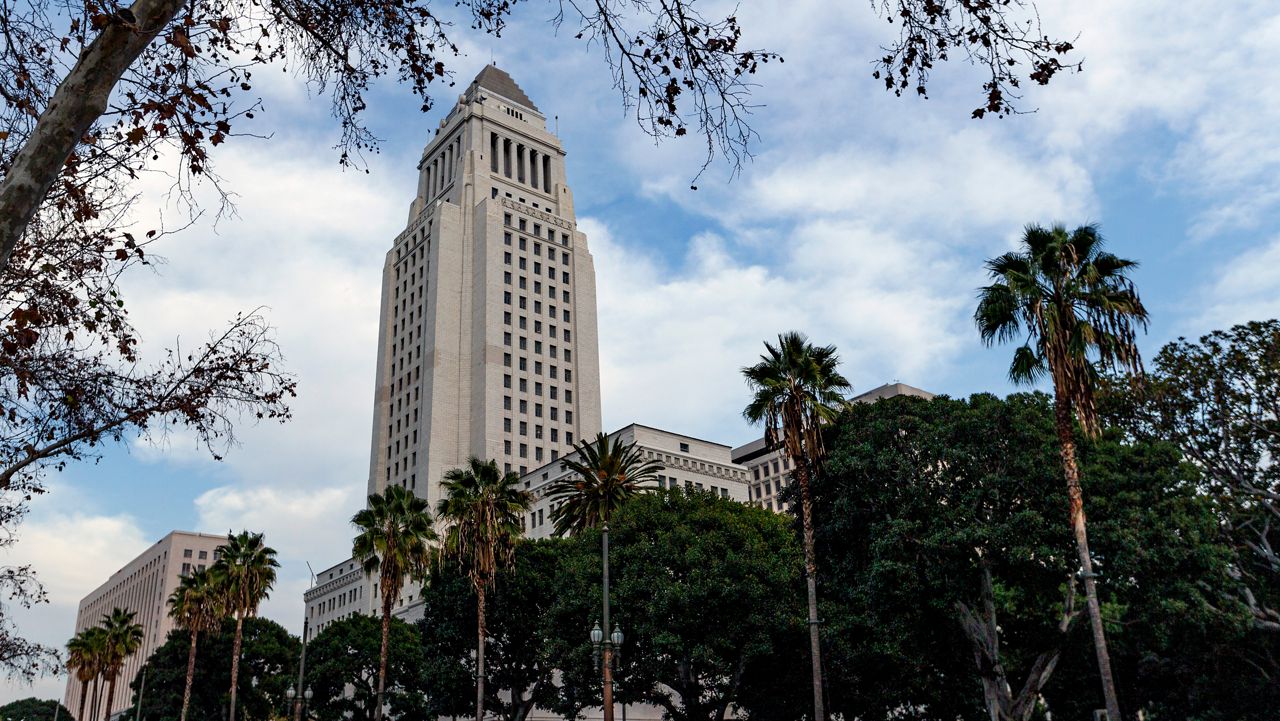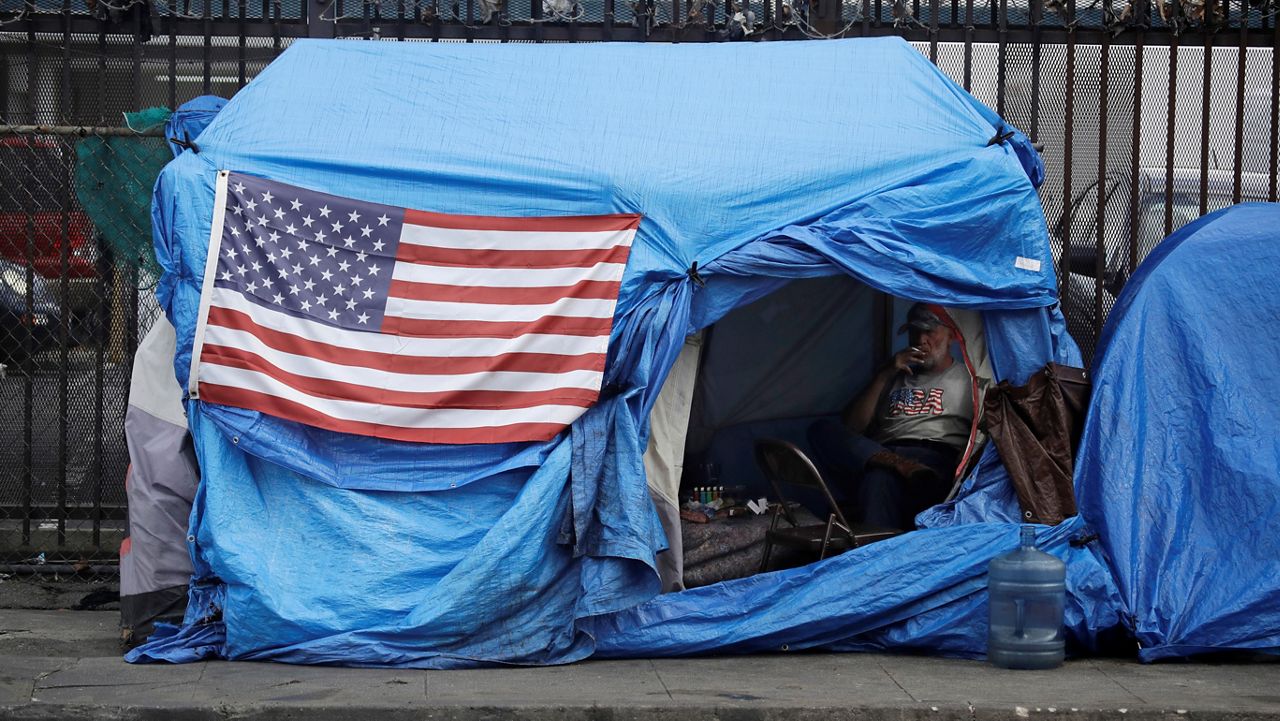LOS ANGELES — As Los Angeles faces a shortfall of $1 billion in the next fiscal year and frustration continues to grow over homelessness spending, the City Council Tuesday authorized a limited transfer of money for Mayor Karen Bass' signature program, Inside Safe.
Initially, City Administrative Officer Matt Szabo recommended the transfer of about $46.1 million to cover costs related to Inside Safe and other initiatives to address homelessness. On Tuesday, however, the City Council voted 14-0 to transfer $29.1 million instead — a reduction of $17 million from the original request — and ordered several reports regarding questions they felt have yet to be answered after repeatedly requesting for such information.
Of the $29.1 million, a break down of what it will cover is as follows:
- $12.1 million for 2024-25 fiscal year Inside Safe booking agreements costs for the second and third quarters
- $2.7 million for 2024-25 fiscal year Inside Safe Occupancy costs
- $10.7 million for 2024-25 fiscal year Inside Safe Motel Interim Housing Portfolio Service Provider first quarter remaining costs (on this item council members declined to allocate $14.5 million as a third quarter advance to Los Angeles Homeless Services Authority Inside Safe service providers and another $2.5 million for LAHSA administration, for the time being)
- A little more than $3 million for third quarter advance for costs at the Mayfair Hotel (for services from the Weingart Center)
- $582,175 for a 25% advance for a congregate shelter service providers in Council District 14
- $4,120.14 for costs associated with Los Angeles Police Department overtime (for officers assisting with Inside Safe operations from October to November 2024)
Councilwoman Nithya Raman, chair of the Housing and Homelessness Committee, sought to limit the transfer of funds to Inside Safe and encouraged her colleagues to do so.
Raman said the amendment is not to be a conflict or to criticize the work of the Mayor's Office or homelessness service providers. It's "designed to make us better at doing the work that we have all committed to over and over again," she added.
There was some concern that by stalling the full amount of requested money it would impact homeless service providers receiving their payments. Raman affirmed that it will not change anything about the way payments are being made to providers at all.
Councilman Bob Blumenfield, who supported Raman's request to limit the allocation of funds to Inside Safe, reiterated that it's not to "prevent" any service provider from getting money for services they've performed. According to city officials, payments are broken down into quarters and it usually takes at least 60 days before those bills are paid.
Blumenfield, a former chair of the Budget Committee, noted that the city is just starting to get receipts for the third quarter and the city administrative office is still working on paying the first and second quarters.
"That's the natural order," he added. "We all want our service providers to be paid quickly. We want Inside Safe to be effective."
City Council members are requesting Szabo and the mayor's office to provide a detailed fiscal and operational plan for Los Angeles homelessness facilities, Inside Safe, and a potential demobilization plan due to fiscal constraints.
Szabo previously reported the city is facing a shortfall of $1 billion as a result of overspending, increasing liability payouts and costs associated with January's wildfires, among other challenges.
Additionally, elected officials want a breakdown of Inside Safe — information that hasn't always been forthcoming — such as booking agreements, encampment resolution operations, vacant rooms, as well as an analysis and plan to make Inside Safe beds more cost effective.





